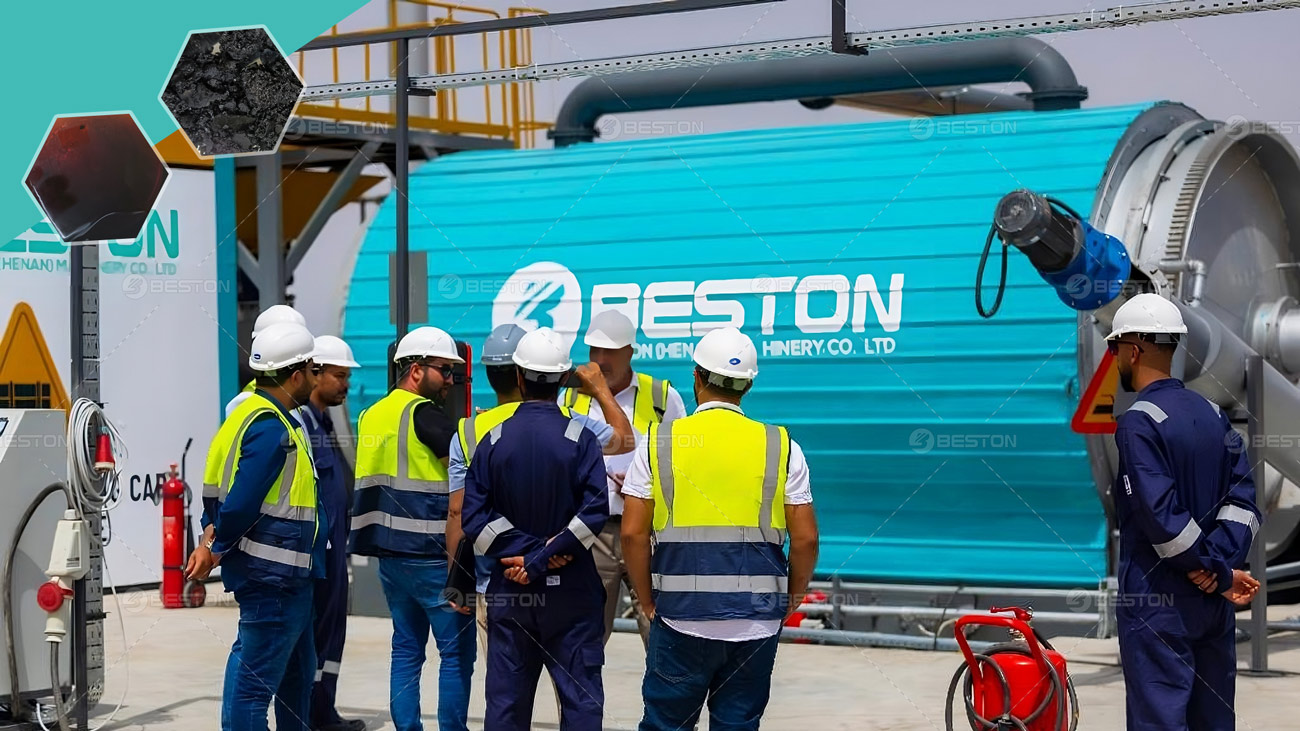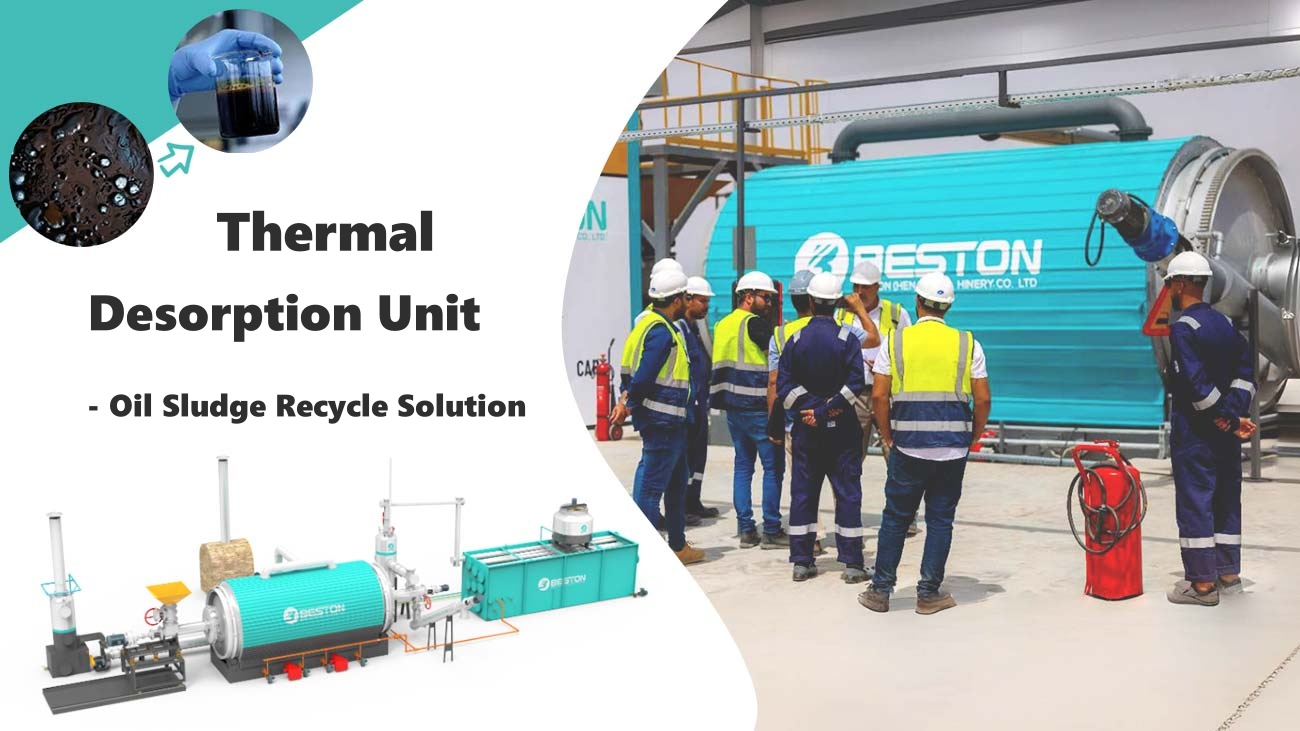Contaminants present a significant challenge across various industries, from petrochemical refineries to environmental remediation projects. However, the advent of thermal desorption unit (TDUs) has revolutionized the landscape of contaminant removal methodologies. These sophisticated systems operate on the principle of thermal desorption, effectively extracting contaminants from diverse materials with remarkable efficiency and precision.

The Process Inside the Thermal Desorption Chamber
Thermal desorption unit encompass a complex array of components and processes designed to tackle a wide spectrum of contaminants. At the heart of these units lies the thermal desorption chamber, a meticulously engineered enclosure where the magic unfolds. The process begins with the introduction of contaminated material into the chamber, ranging from soil and sediments to sludges and solids.
Versatility and Scalability of TDUs
Within the thermal desorption chamber, controlled heating is applied to the material, initiating the desorption process. This meticulously calibrated thermal energy serves a dual purpose: first, it elevates the temperature of the material to facilitate the release of contaminants, and second, it ensures that the contaminants vaporize without causing thermal degradation to the substrate.
Precision and Efficiency in Contaminant Removal
As the temperature within the chamber reaches the predetermined setpoint, the contaminants embedded within the material start to undergo phase transition. Thermal desorption exploits the principle of differential vapor pressures, wherein contaminants exhibit a higher propensity to volatilize compared to the matrix material at elevated temperatures.
Regulatory Compliance and Environmental Stewardship
The volatilized contaminants rise within the chamber, forming a gaseous effluent laden with the unwanted substances. This effluent is then meticulously routed through a series of purification stages, including scrubbers and filters, to ensure the removal of any residual contaminants or particulate matter.
One of the key advantages of thermal desorption unit, also called pyrolysis plant lies in their versatility. These units are adept at handling a diverse array of contaminants, ranging from volatile organic compounds (VOCs) and semi-volatile organic compounds (SVOCs) to hazardous air pollutants (HAPs) and persistent organic pollutants (POPs). The inherent flexibility of TDUs makes them indispensable tools in tackling contamination issues across a myriad of industrial sectors.
Furthermore, thermal desorption exhibits an inherent scalability, allowing for the treatment of contaminants across varying volumes and concentrations. Whether dealing with small-scale batch processes or large-scale continuous operations, thermal desorption unit can be tailored to suit the specific needs and requirements of the application at hand.
The effectiveness of thermal desorption is further augmented by its ability to target contaminants with precision. Unlike traditional remediation techniques that may inadvertently impact non-target compounds or substrates, thermal desorption offers a selective approach, focusing solely on the removal of the contaminants of concern.

Moreover, thermal desorption unit boast impressive efficiency metrics, minimizing the consumption of resources while maximizing contaminant removal rates. By harnessing the power of thermal energy, these units optimize energy utilization, thereby reducing operational costs and environmental footprint.
In addition to their efficacy in contaminant removal, thermal desorption unit – oil sludge pyrolysis plant also excel in compliance assurance. Regulatory standards governing environmental protection and occupational health often necessitate stringent measures for contaminant mitigation. TDUs provide a reliable means of achieving regulatory compliance, ensuring that contaminant levels are reduced to permissible limits.
The versatility, efficiency, and precision offered by thermal desorption unit underscore their pivotal role in contemporary contaminant remediation strategies. From brownfield redevelopment projects to industrial waste management initiatives, these units serve as beacons of innovation, offering sustainable solutions to complex contamination challenges.
In conclusion, the function of thermal desorption unit in contaminant removal epitomizes the synergy between advanced technology and environmental stewardship. Through the application of thermal desorption principles, these units pave the way for cleaner, safer, and more sustainable industrial practices, heralding a brighter future for generations to come. Interested in learning more? Head over to Beston Group for a detailed overview.
